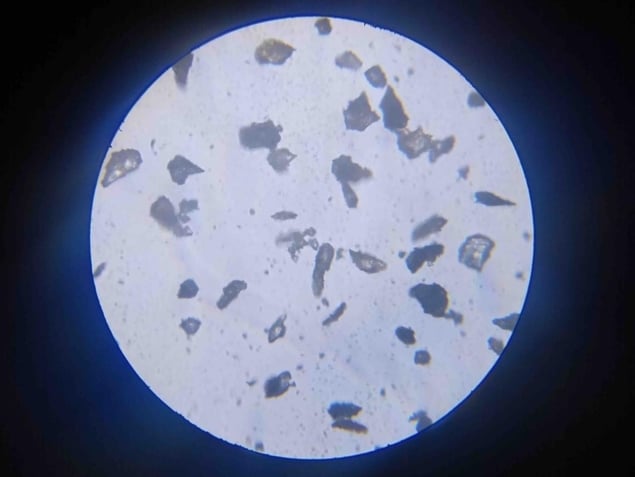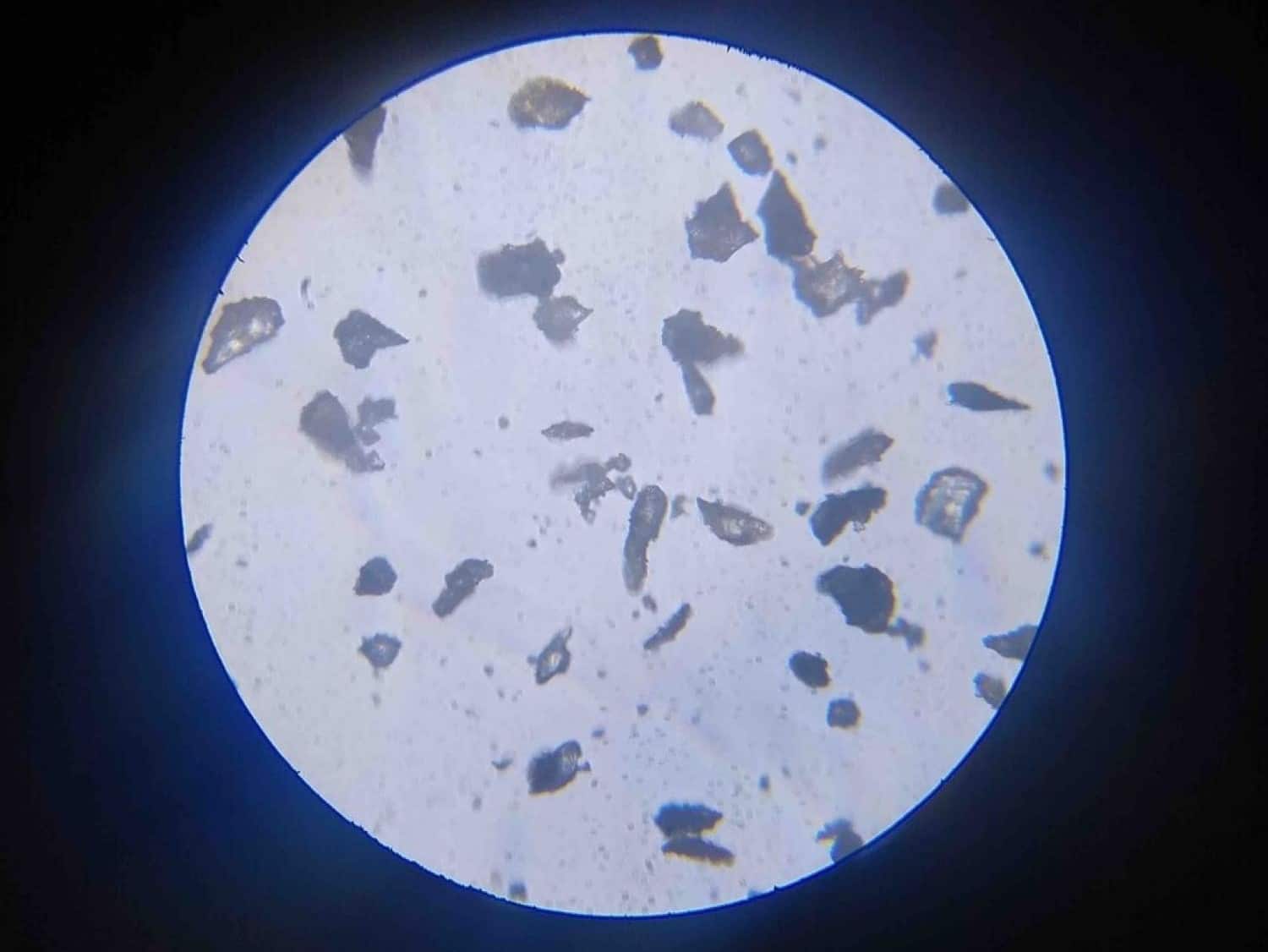
The Moon is a dusty place, and this could be a real problem for future colonists. “Lunar dust sticks to all kinds of surfaces — spacesuits, solar panels, helmets — and it can damage equipment,” explains Xu Wang, who is a research associate in the Laboratory for Atmospheric and Space Physics at Colorado University Boulder.
To solve this problem, Wang and colleagues in Boulder developed an electron gun that could be used to disperse lunar dust. Why not simply use a feather duster? Moon dust is sticky because it acquires electric charge by being bombarded by radiation from the Sun. Firing electrons at the dust particles gives them even more charge, causing the particles to repel each other and disperse.
The team tested their lunar “dust buster” in a vacuum chamber using dust particles similar to those found on the Moon. “It literally jumps off,” says Benjamin Farr, who completed the work as an undergraduate student in physics at Boulder. You can read more about the research in CU Boulder Today.
Folks on Lina Island off the coast of British Columbia have been scratching their heads over a strange pattern of crushed seashells that has appeared on a local beach (see above figure). The white shells form a rectangular lattice on the beach and local councillor Billy Yovanovich says that the pattern is a natural phenomenon. However, government scientist Richard Thomson disagrees and says that the pattern was made by humans – possibly as a prank.
So, is this a practical joke, or an example of an emergent phenomenon driven by the action of waves and currents? I’m no expert, but I’m with Yovanovich. You can read more about these patterns on the CBC website.
In 1977 the Nobel laureate Leon Lederman published a tongue-in-cheek proposal to build a collider using existing subway tunnels in New York City. The city was suffering a financial crisis and Lederman reckoned physicists could acquire the tunnels for a knock-down price.
Hot political issue
Lederman’s proposal has inspired Caltech physicist David Hitlin to propose building another collider to address a hot political issue of today – building a wall on the US–Mexican border. In “The Very Big ILC”, Hitlin describes how long, straight sections of the border between the states of Sonora and Arizona could blocked by a huge linear particle collider.
Hitlin’s collider would be 300 km long and could achieve a centre-of-mass energy of 5 TeV. In contrast the proposed International Linear Collider in Japan is a mere 31 km long with an initial energy of 250 GeV. What’s more, with the addition of a bit or razor wire on top, Hitlin says the structure would meet Donald Trump’s specifications for a border wall.
And what would Hitlin call the facility? The TrumpILC, of course.
